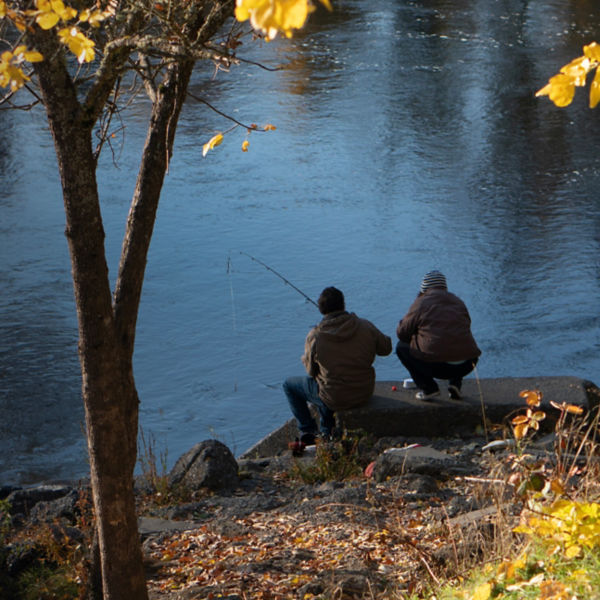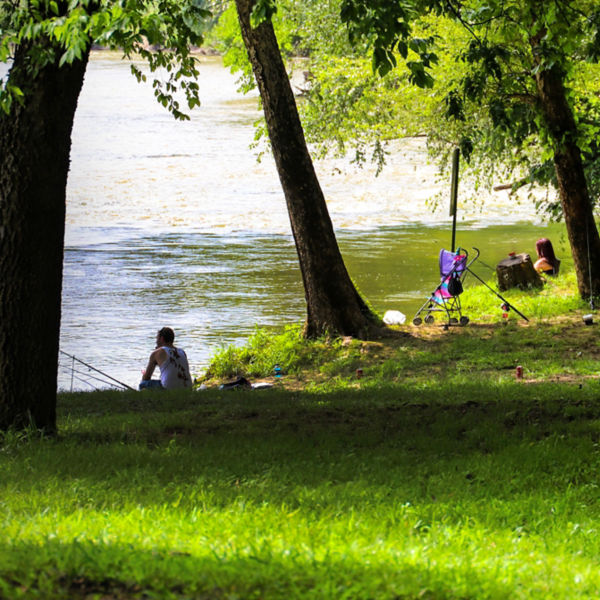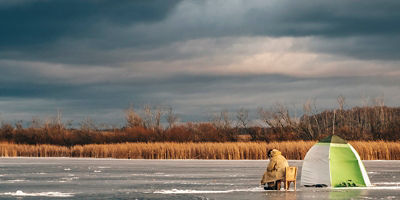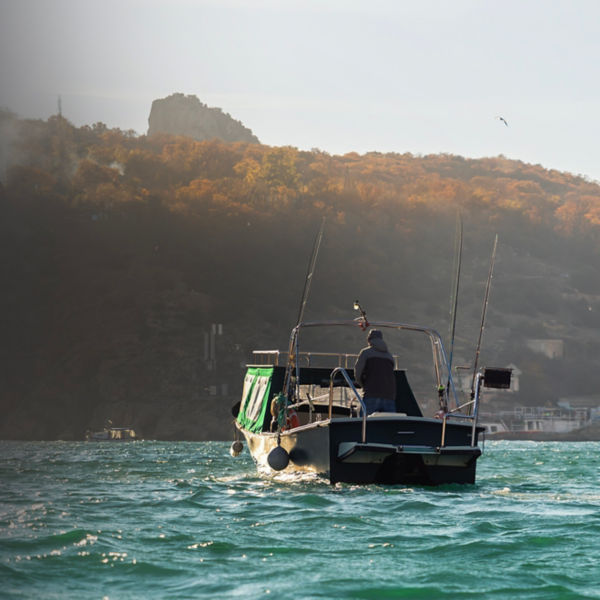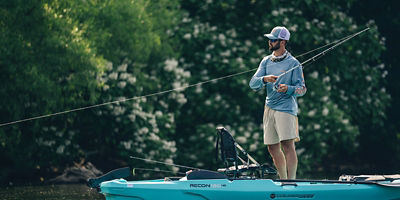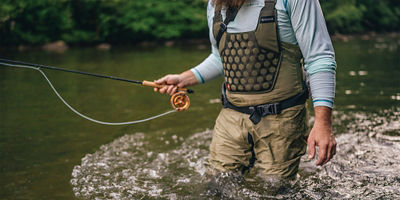
Trout fishing is one of the most popular activities in the country—for a reason. Actually, for many good reasons. To start, trout species are located nearly everywhere there’s cold freshwater throughout North America. And most of those waterways (and bodies) are open for trout fishing year-round. Pursuing them is open to everyone, regardless of age, skill or income level, requiring only a simple and inexpensive gear list to get started—whether you’re spincasting or fly fishing, all you need is a rod, reel and line, plus lure or bait (and a license). To top it off, trout are relatively simple to catch—not to mention nutrient-packed, if you’re inclined (and allowed) to keep and cook your catch— which makes fishing for them a perfect way to engage the whole family outdoors.
Once you’ve successfully landed your trout, enjoy the catch. But before you let it go (or keep it, up to regulation limits), honor its DNA by knowing what you caught. With 11 species of trout on the continent, a lot of them look pretty similar and they can be hard to differentiate. For the most part, there are two Pacific trout (cutthroat and rainbow); one European (brown); four chars (brook, bull, Dolly Varden, and lake); and two hybrids (splake and tiger). Refer to the following cheatsheet to identify your catch, including some added tips for distinguishing steelhead from salmon, and to maximize your opportunities to land this anglers’ favorite.
Pacific (Native) Rainbow
To ID rainbow trout, look for black spots on their body and dorsal fin, a signature pink stripe along their side, and a wide, square tail. While native to the Pacific coast, you’ll also find them throughout the Rocky Mountains, Canada, and even in the Southeast. Subspecies include steelhead, redband and golden trout.
Cutthroat
Cutthroats are identifiable by a blood-like red mark behind their lower jaw. Also look for small black spots on the top half of their body. Most live in the western U.S., though they’ve also been introduced in the Northeast. They also have 11 different subspecies, each of which looks slightly different, depending on where they live.
Brown
Don’t necessarily look for “brown” when identifying a brown trout; they can also be gold or silver. Originally brought to North America from Germany, their most distinguishing feature is red/orange spots with silver rings (some say they resemble salmon). Subspecies include sea trout and lake trout.












